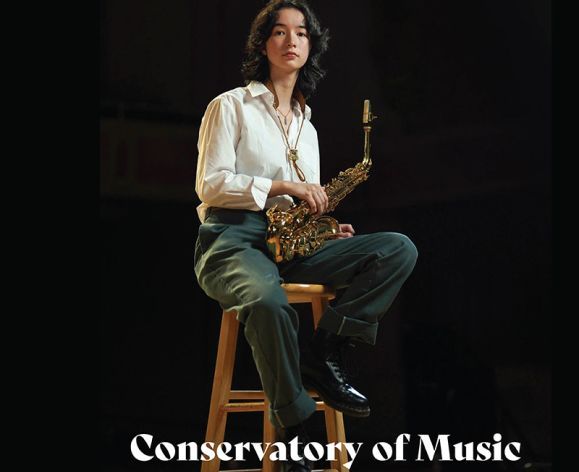Application Requirements
We are still accepting applications for fall 2024. All required auditions must be sent via recording to this link.
All Conservatory majors, except Music Industry Studies, require an audition.
Once you have submitted your application, you will receive an email with instructions on how to schedule your audition. (If an on-campus audition is not possible, we also accept video-recorded audition submissions.)
Attention Composition Applicants:
There are additional application requirements for music composition applicants: In addition to auditioning, please submit at least two original compositions. Your compositions may be in any musical style. Submit audio files of your compositions, as well as notated scores if available. These can be emailed directly to Program Director Dr. Andrew Conklin at aconklin@pacific.edu.
Attention Music Therapy Applicants:
As part of the music therapy application process you’ll meet with Music Therapy faculty for a brief interview and a musical skills assessment. Please prepare three songs: (1) Sing one song a capella; (2) Sing one song while accompanying yourself on guitar; and (3) Sing one song while accompanying yourself on piano. Please note: if you don’t play guitar or piano, the a capella piece will be sufficient
These songs can come from any genre – but selections from children’s, folk, rock, popular, jazz, or musical theater are best as they reflect the music you’ll be using as a future music therapist. Please know that this is only an assessment of your skills, and your performance will NOT affect your admissions – in fact, you’ll be taking classes in voice, guitar, and piano while you’re studying at Pacific. We just want to see where your skills are currently. Contact Dr. Eric Waldon with questions at ewaldon@pacific.edu.






